Che Kung Temple is a fascinating site dedicated to Che Kung, a military commander in the Southern Song Dynasty from 1127 to 1279. One of his most significant achievements was escorting Prince Ping, the last emperor of the Song dynasty, to safety during the Mongolian invasion. This act of bravery elevated Che Kung to the status of a god, and the temple was built in his honor.
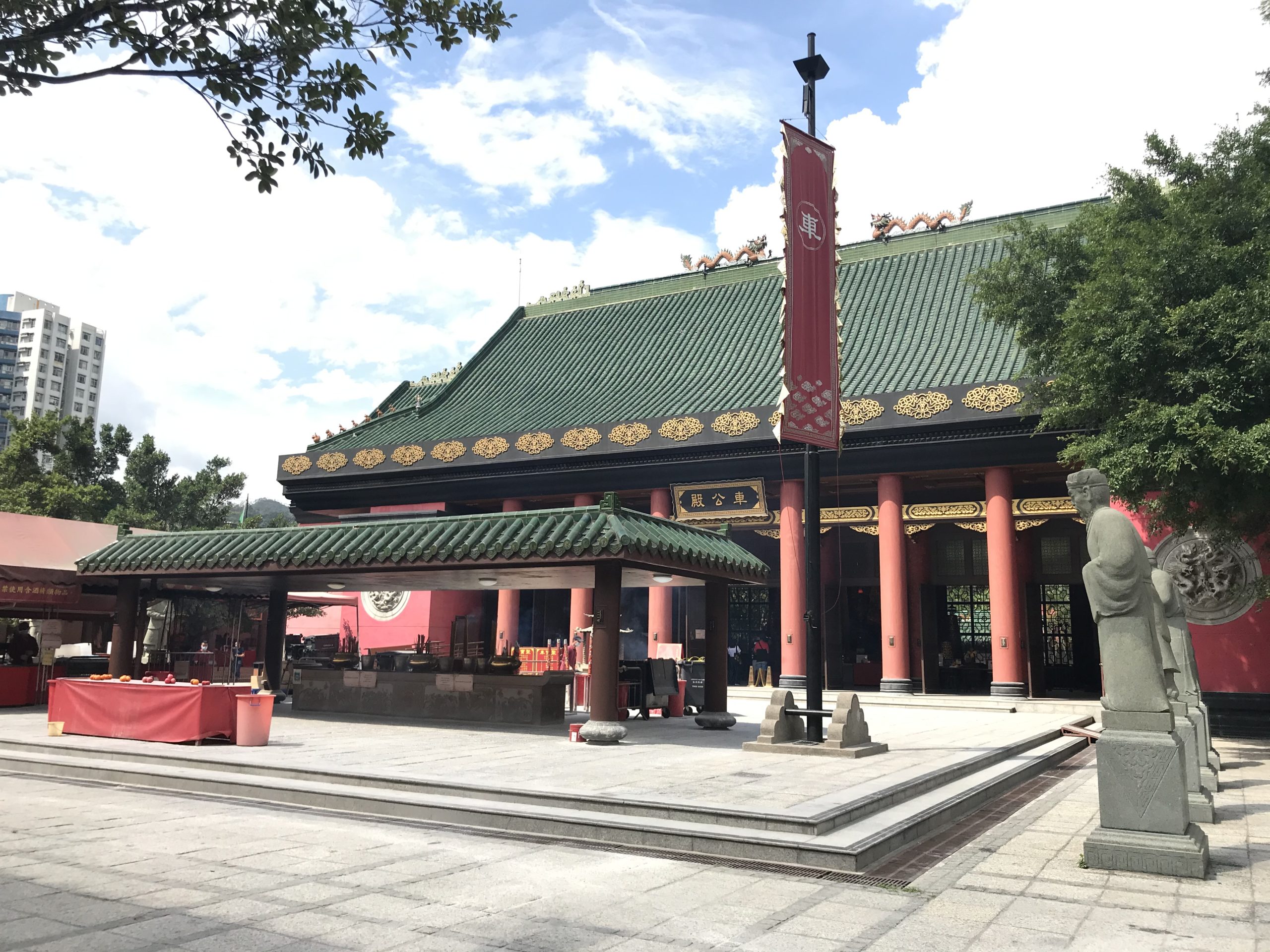
A Tale of Two Generations
After Che Kung's death, people began worshipping him for his loyalty and bravery. However, Che Kung's grandson, revered for his role in suppressing plagues during the Ming Dynasty, attracts more worshipers than his famous grandfather at the Che Kung Temple.
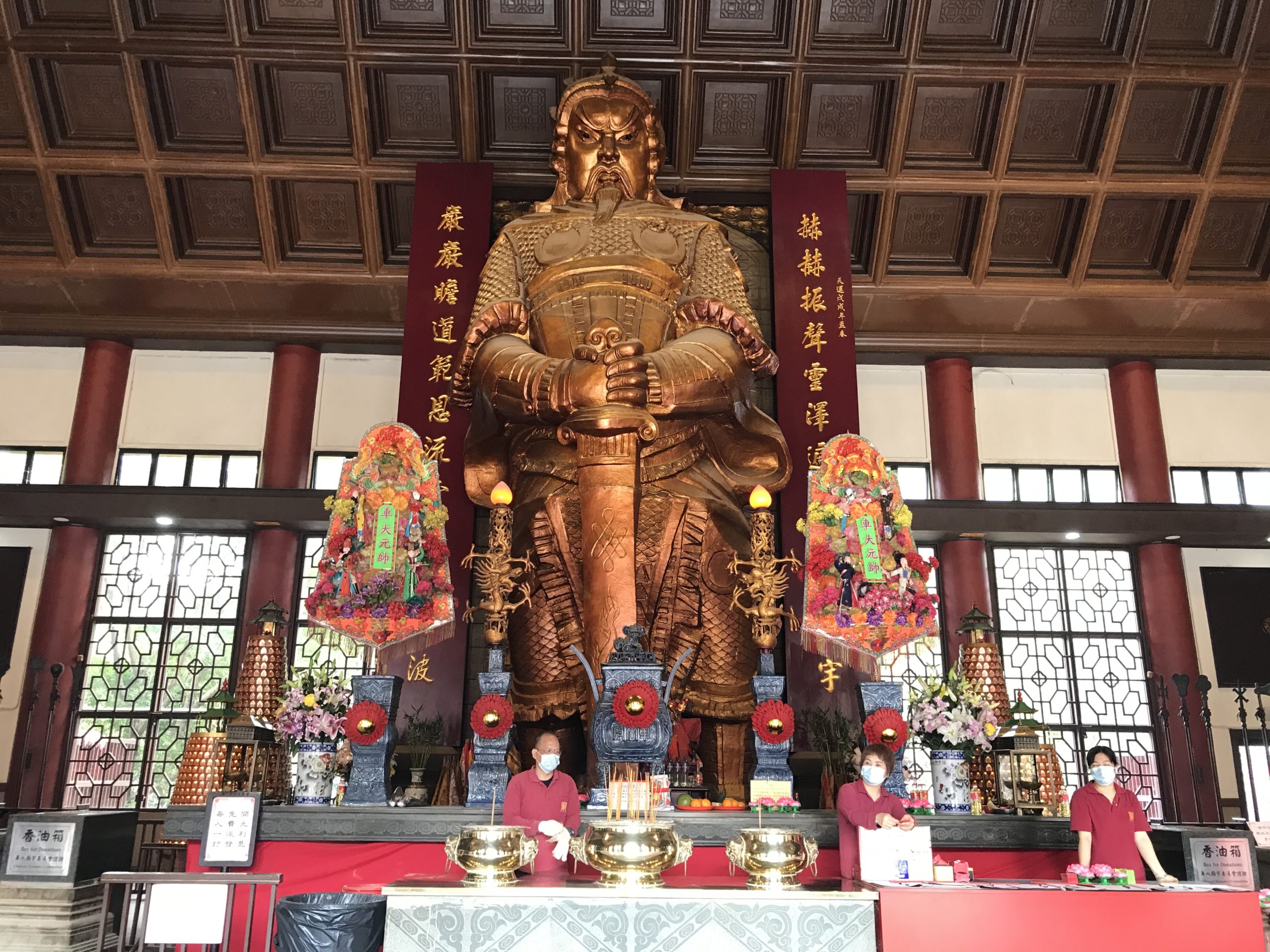
Auspicious Days for Visits
The temple attracts the most visitors during the Che Kung Festival on four specific lunar dates: the 2nd day of the first month, the 27th day of the third month, the 6th day of the sixth month, and the 16th day of the eighth month. However, the temple warmly welcomes guests year-round during its regular opening hours.
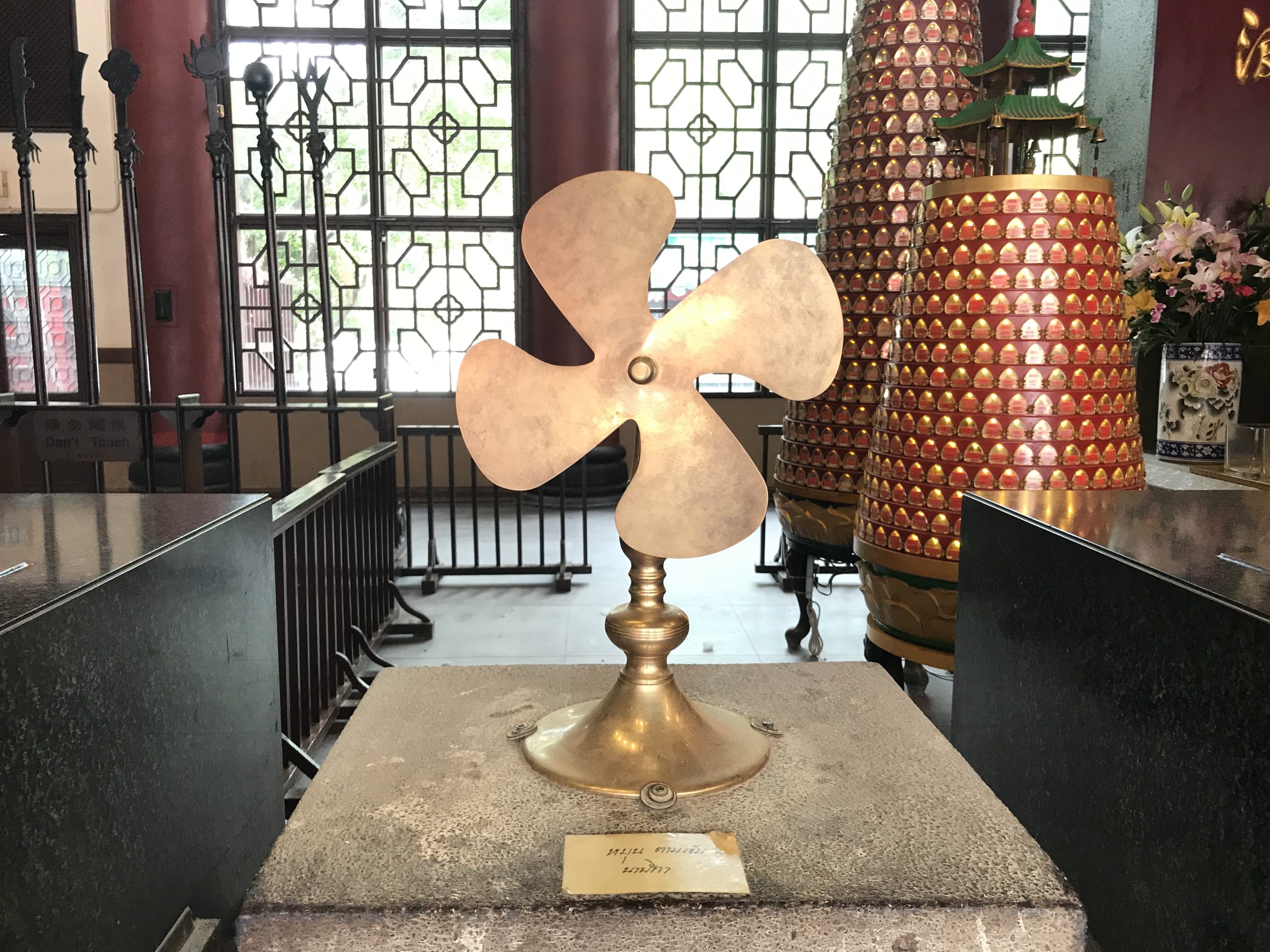
Rituals and Traditions
Devotees commonly spin the fan-blade wheels at the temple in hopes of securing blessings for the year ahead. Opinions differ on whether spinning the wheels anti-clockwise dispels last year's misfortunes or if they should be spun clockwise regardless. Like other Hong Kong temples, Man Mo Temple and Wong Tai Sin Temple, you can offer incense for blessings and try Kau Chim for fortune-telling.
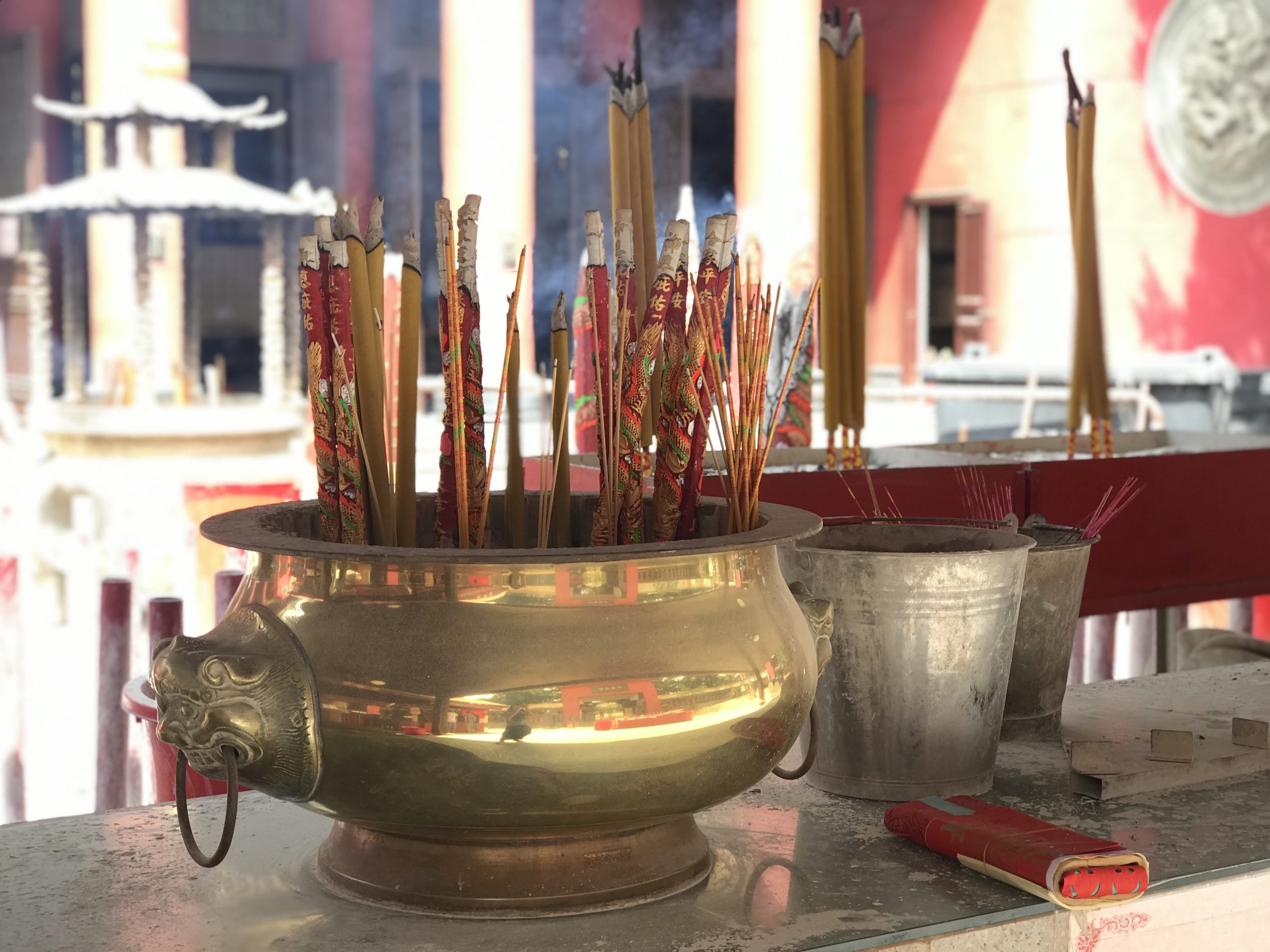
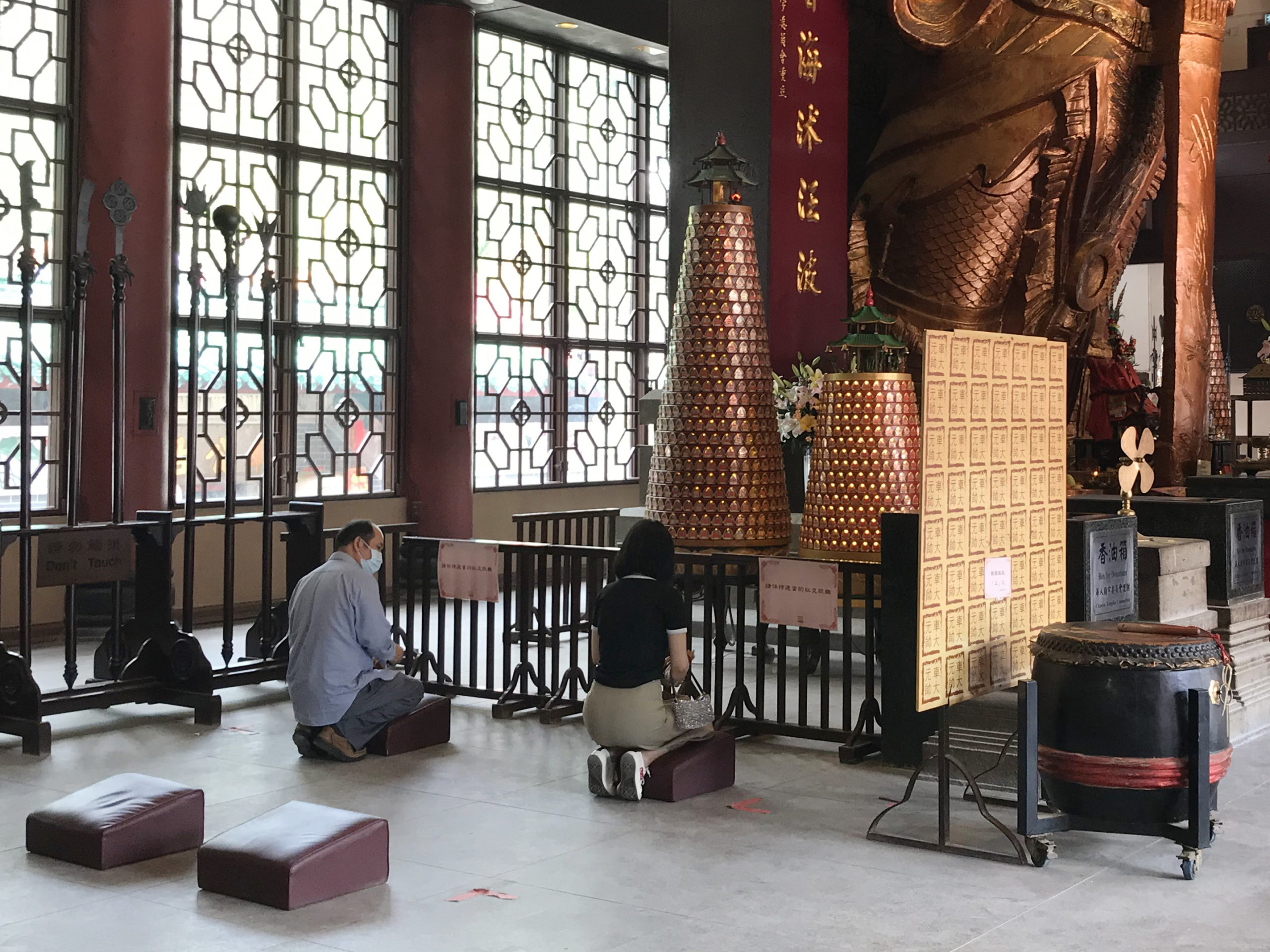
The Temple's Role in Governance
Interestingly, Che Kung Temple is the official temple for the Hong Kong government to ask for fortune. Since the practice started in 1995, there have been some strangely accurate moments, including predicting the 2003 SARS epidemic and the 2009 financial crisis in Hong Kong.
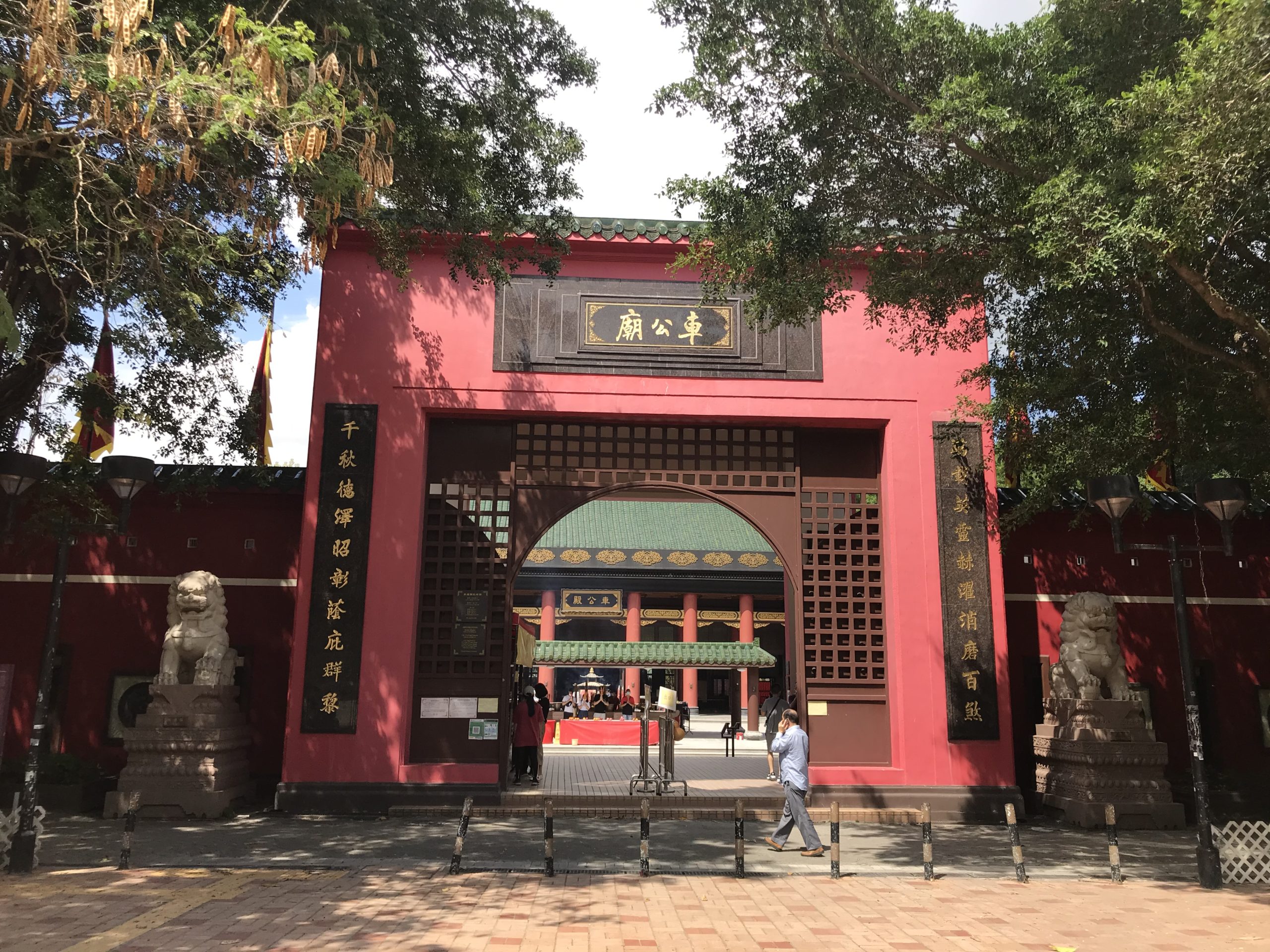
Explore More in Sha Tin
Aside from the temple, Sha Tin offers numerous attractions like Tai Mei Tuk. Renting a bike for further exploration is a great option. A visit to Che Kung Temple provides a deep dive into the cultural and historical fabric of Hong Kong, making it a must-see for anyone interested in these aspects.









